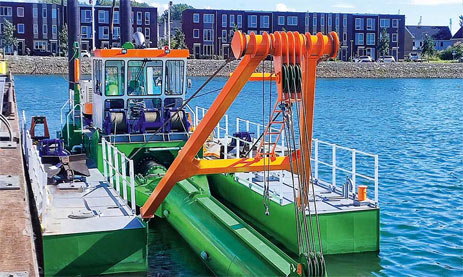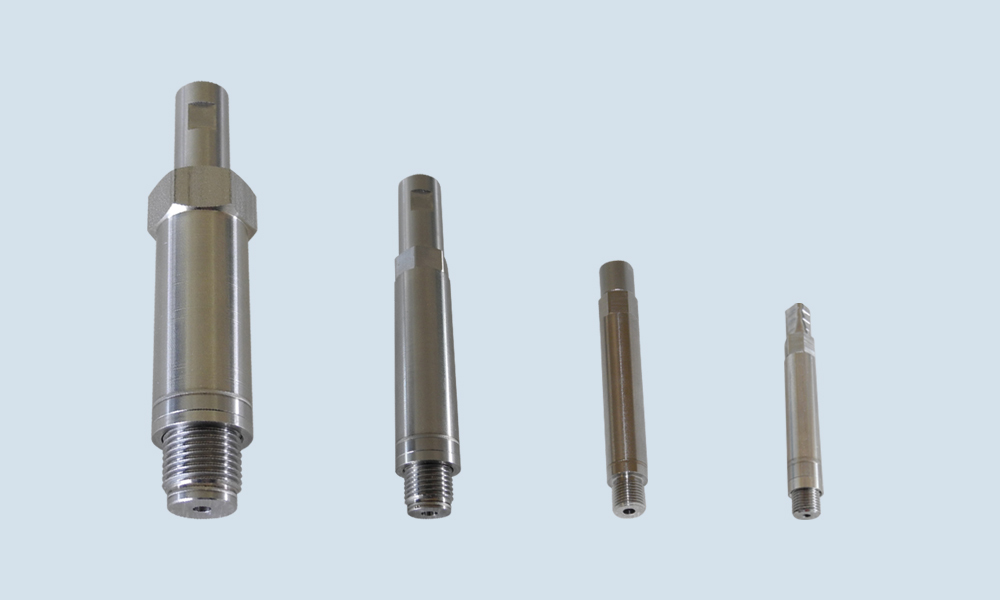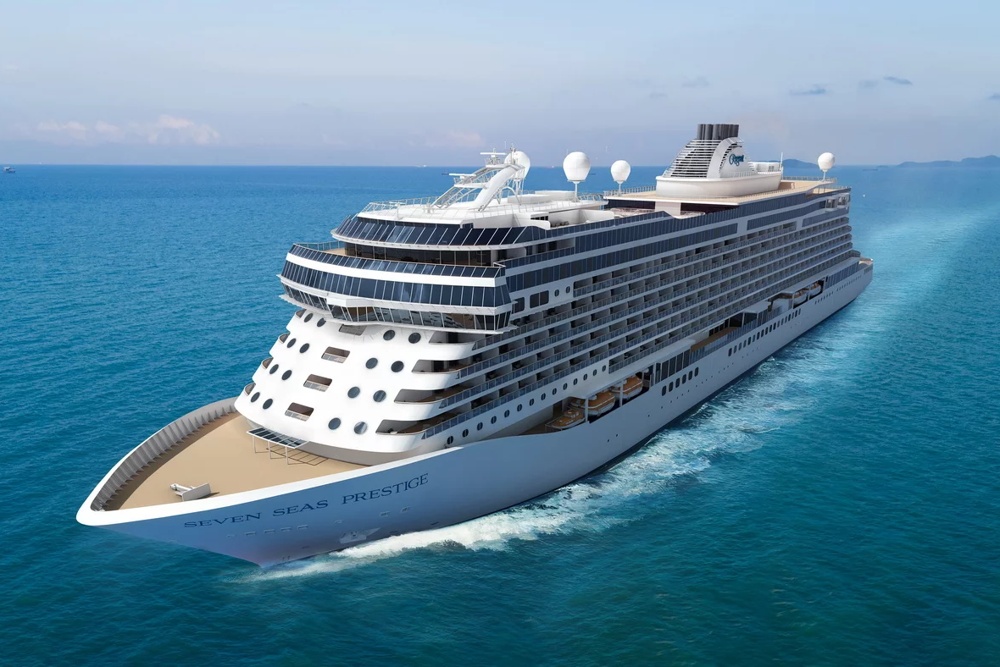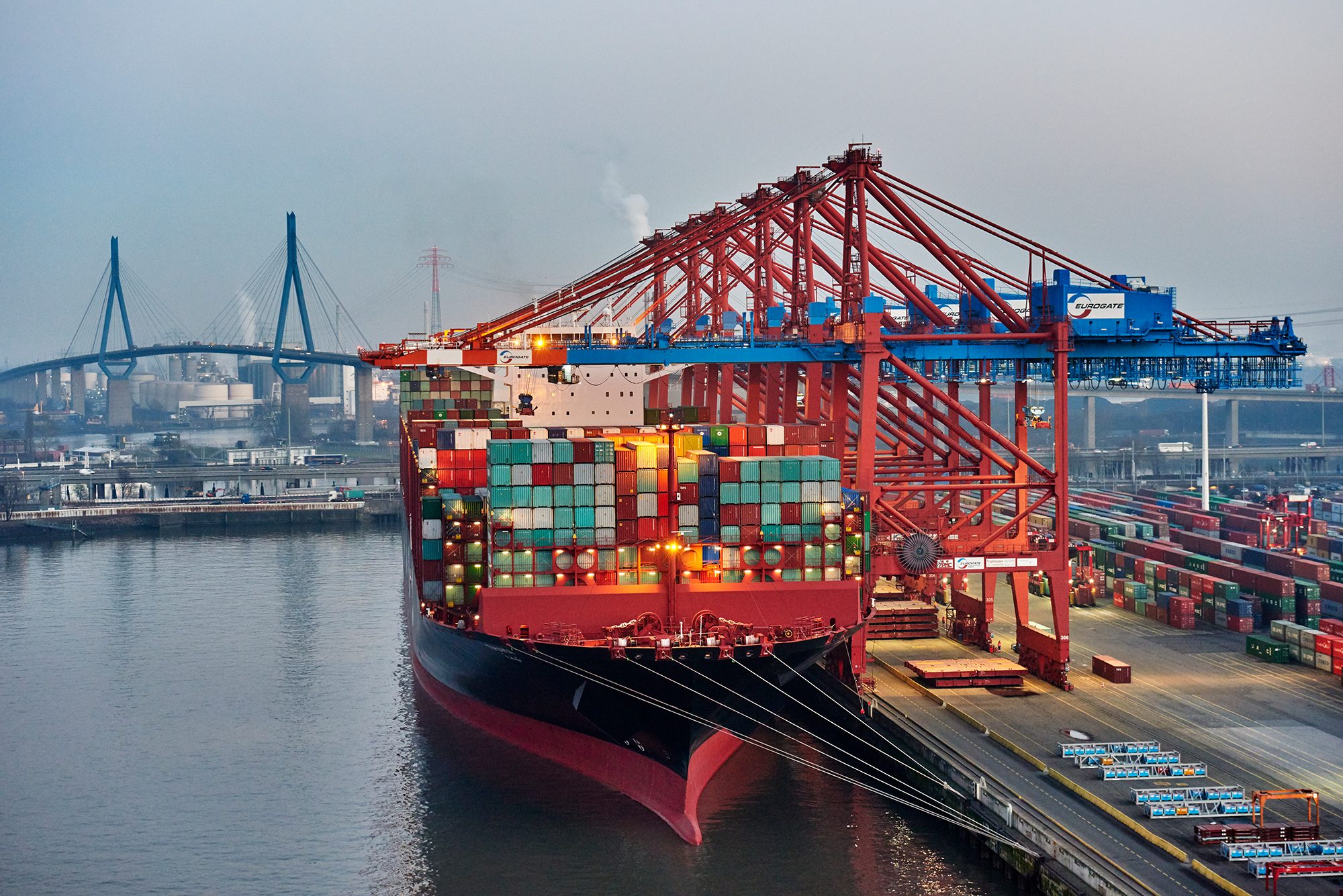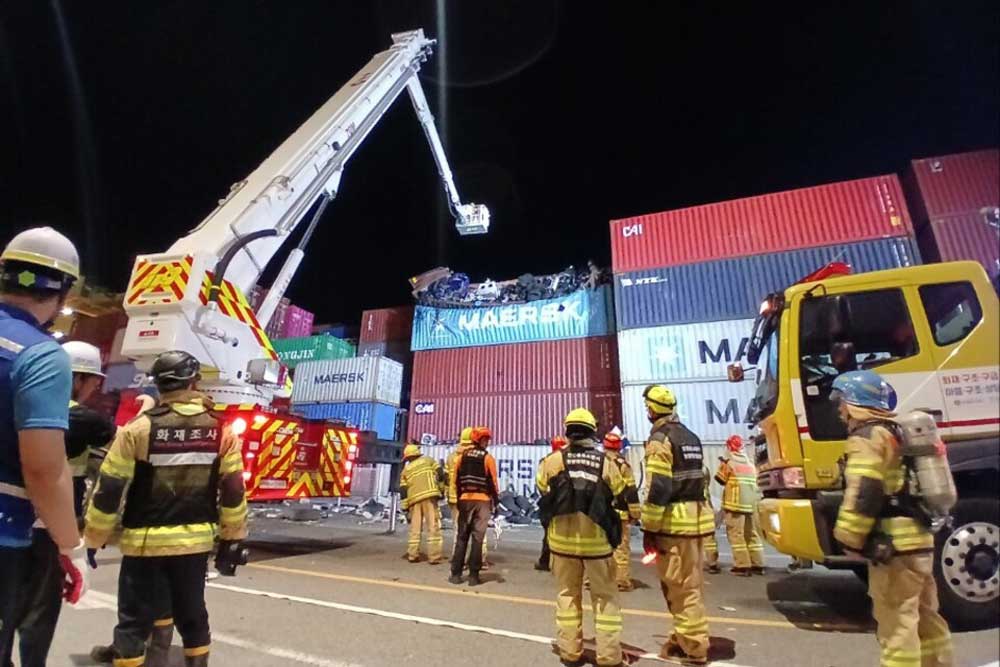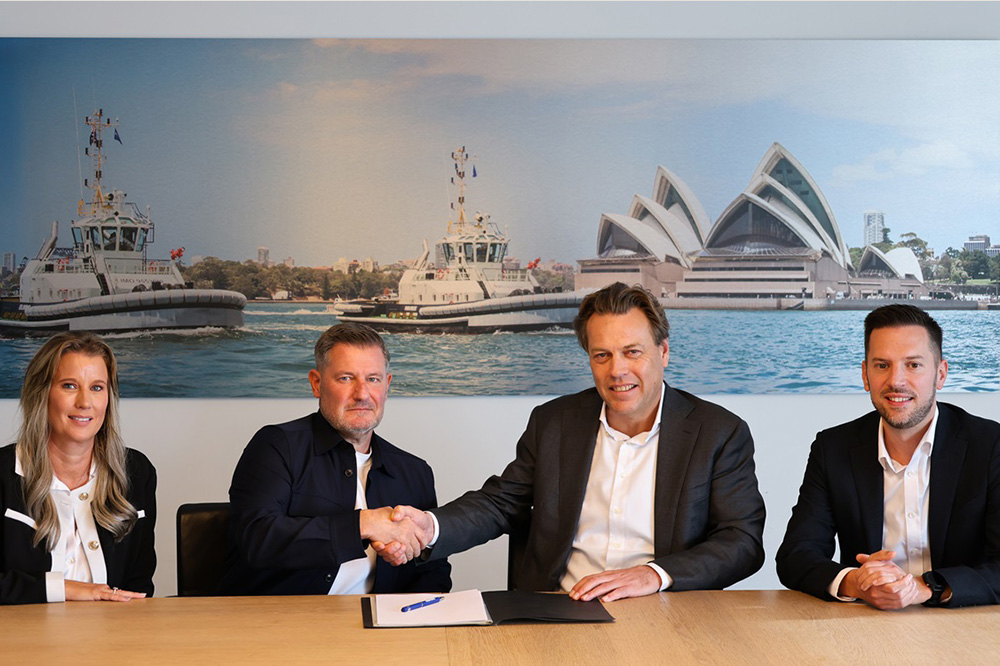While Hamburg stagnated, the port of Rotterdam was able to further increase container throughput.
The volume grew by 2.5% to 133.4 million tons and the number of units even increased by 2.8% to 13.8 million TEU. By comparison, Hamburg had only managed to grow by 0.2%.
However, total throughput in the port of Rotterdam declined last year. It fell from 438.8 million tons to 435.8 million tons (-0.7%) compared to 2023. While more iron ore, scrap and petroleum products were loaded in addition to containers, coal and crude oil were the main areas of decline.
Last year, a number of projects were launched in Rotterdam that contribute to the energy transition. These included the start of construction of the “Porthos” CO₂ transport and storage project. The captured CO₂ will be pressurized in a compressor station in 2026 and then transported to an exhausted natural gas field under the North Sea floor.
The construction of the hydrogen pipeline through the port and Shell’s hydrogen plant are also in full swing, according to reports. There is now also clarity regarding the construction of the Delta Rhine Corridor (DRC). A hydrogen pipeline is scheduled for completion in 2031/2032 and the CO₂ pipeline in 2032/2033.
The Port of Rotterdam Authority’s financial position enabled an 11% increase in gross investments to € 320.6 million. The largest investments were made in the construction of quay walls for the expansion of the container terminals in the Prinses Amalia port (€42.5 million), the construction of the Porthos CO₂ transport and storage project (€39.4 million), the widening of the Yangtze Canal (€22.5 million) and the design of the Portlantis experience center (€12.8 million).










